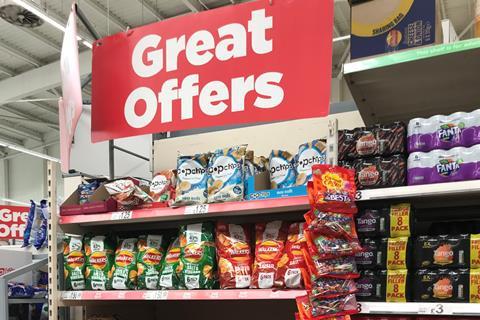
As we head into the final straight of HFSS preparations, a true picture of what the regulations will mean for in-store retailing is emerging. The restrictions on where HFSS products can be displayed represents the biggest single intentional change to supermarket operations and economics in living memory and a lot of time and money has been devoted to adapting to these changes.
HFSS products no longer being allowed at checkouts is not a huge issue for many retailers, who jettisoned snacks, confectionery and soft drinks from checkouts years ago. However, for others that still rely on checkouts for impulse sales, efforts are thoroughly underway to replace the offending products with categories such as water, healthier snacks, health & beauty, toys, magazines and gift cards.
Another interesting problem has been what to do with single confectionery – a category traditionally displayed on gondola ends, adjacent to checkouts. The consensus across the major multiples appears to be rehoming this in food-to-go. This seems a natural switch given that single confectionery can often be a component of meal deals.
In terms of what replaces single confectionery, there appear to be a variety of different strategies at play. Some supermarkets are going with healthier snacks, while others are landing plenty of new space for chewing gum.
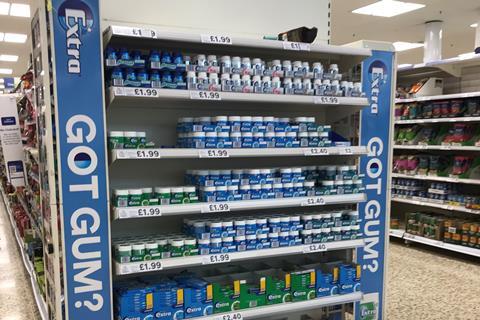
Vapes are another option, as seen in Morrisons, which is deploying some very striking branded vape ends. This is a high-growth category and by locating it adjacent to checkouts, the obvious hope is that shrinkage is minimised while offering a much bigger range than would be feasible using the traditional tobacco gantry.
The next question facing retailers is how to activate demand for HFSS categories in-aisle. The most popular tactic here is to use the final bay in each aisle to house eye-catching promotions – an approach taken by Asda, Morrisons and Sainsbury’s. Tesco and Waitrose appear to be taking a more subtle approach of using bays further into the aisles but nonetheless creating high visibility through the use of coloured borders. Other tactics that we’ve seen include digital signage, brand blocking in categories such as crisps and chocolate, and the implementation of branded fixtures by the likes of Cadbury and Lindt.
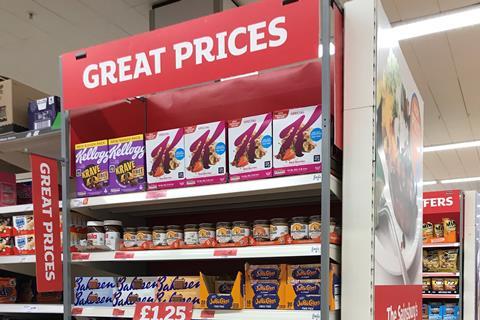
The cessation of HFSS promotions on gondola ends is also prompting a wide variety of different approaches. Some retailers are simply using more gondola end space for core ranges in categories such as eggs, pulses, ingredients, nuts, sauces and tinned fruit & veg. Tesco appears to be rolling out some of its very smart digital screens on gondola ends, which are being very well used by ambient grocery, beer, and spirits brands to showcase new products as well as Clubcard promotions. Sainsbury’s is taking a more radical approach in some of its stores, getting rid of shelving altogether and instead displaying point of sale material – while in other instances, it has used ends to showcase its private label range as well as healthier snacking brands like Graze.
Of course, many gondola ends will simply be used to display promotions from non-HFSS brands and categories, and it seems that the big winner in all of this will be beers, wines and spirits, with many stores seeing a marked increase in ends devoted to this category. It will be fascinating to see how retailers land Halloween and Christmas –with a random World Cup thrown in for good measure – in the new era.







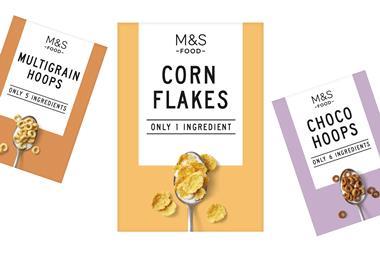

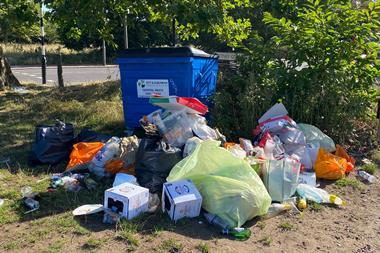

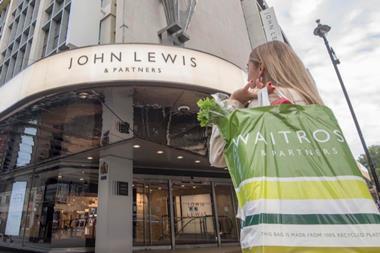
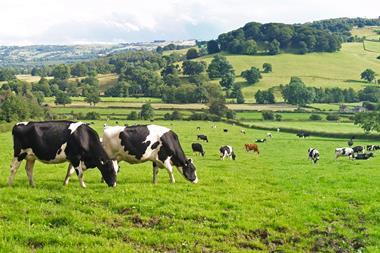
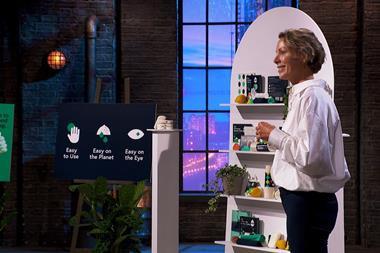


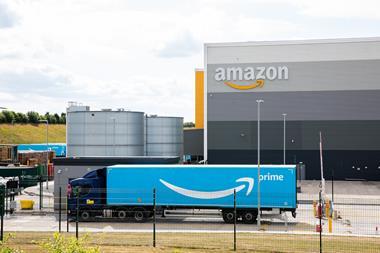
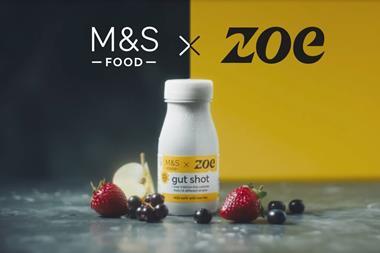
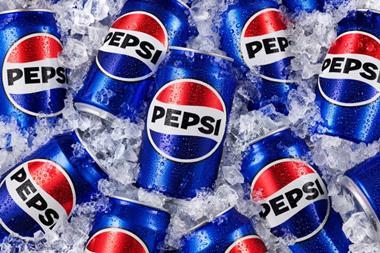
No comments yet